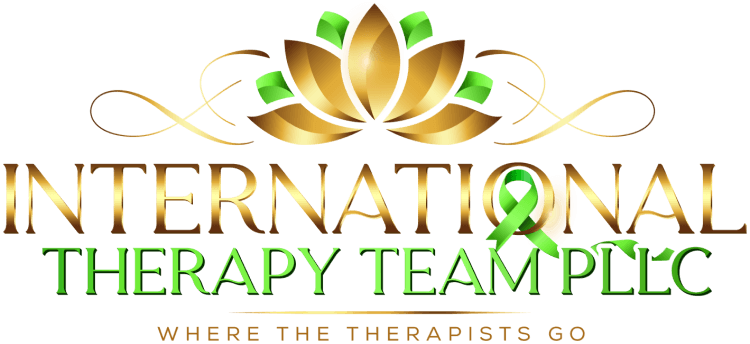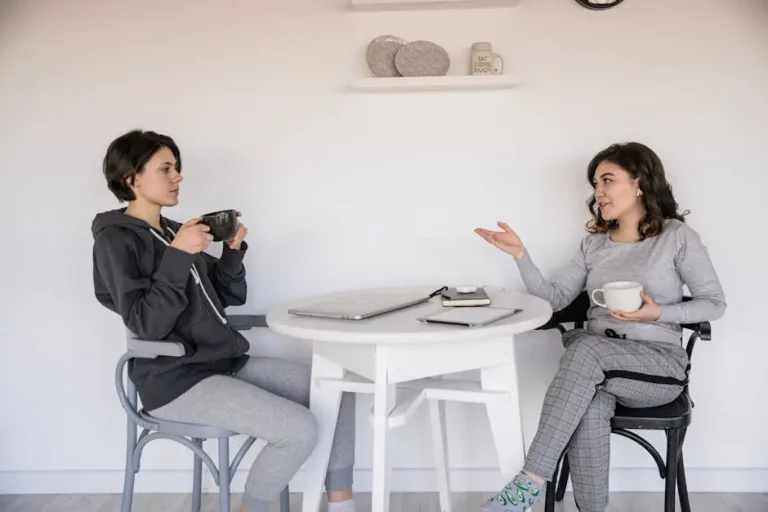Dialectical Behavior Therapy (DBT) is a powerful treatment approach for individuals struggling with emotional regulation and interpersonal conflicts. If you’re considering DBT therapy, you might be wondering what a typical session looks like. In this post, we’ll walk you through the process, so you know exactly what to expect.
Introduction to DBT Therapy
DBT was originally developed to treat borderline personality disorder but has since been adapted for a range of mental health issues. It focuses on developing skills in mindfulness, emotion regulation, distress tolerance, and interpersonal effectiveness.
The unique aspect of DBT lies in its blend of acceptance and change strategies. This therapeutic style encourages clients to accept their past and emotions while simultaneously learning to change behaviors that are not serving them well. This balance is central to promoting growth and emotional stability.
The Structure of a DBT Session
Each session typically involves reviewing homework assignments, discussing experiences related to skill application, and planning ways to implement new skills. The structured nature ensures that time is spent efficiently on skill-building.
Sessions often last about an hour. The therapist will guide you through different modules, ensuring each essential skill is covered over time. This approach maximizes the therapeutic impact while providing a dependable framework for clients to follow.
A defining feature is the use of a Diary Card to track feelings, behaviors, and new skills practiced. This tool assists both the client and therapist in gaining insights into behavior patterns and progress.
Mindfulness Practice
Mindfulness is a core component of DBT. Sessions often begin with a short mindfulness exercise to help you become more present and aware, enhancing your ability to engage in skill application.
These exercises are designed to cultivate a state of active, open attention on the present. They help reduce any anxiety about the session and ground you in the ‘here and now,’ which is crucial for effective therapy.
Mindfulness in DBT isn’t just about sitting still; it can involve a variety of practices, from focused breathing exercises to mindful movement. These practices build a toolkit for you to use whenever you encounter challenging emotions or situations outside the therapy room.
Working Through Emotional Regulation
You will explore emotions you are experiencing and work on strategies to manage them. This may involve identifying triggers, reframing thoughts, and implementing coping skills learned in therapy.
Emotional regulation focuses on helping you understand and articulate your emotions more effectively, which can decrease impulsivity and improve decision-making. By learning to navigate intense feelings, you can respond to situations with more balanced emotions.
An interesting technique often used is called TIP (Temperature, Intense Exercise, Paced Breathing) skills, which provides immediate relief from overwhelming emotions and is taught to help manage sensory overload when emotions run high.
Addressing Interpersonal Challenges
DBT sessions often cover interpersonal effectiveness, teaching you how to assertively communicate your needs and maintain healthy relationships.
You’ll learn how to create boundaries and express thoughts and feelings clearly. The goal is to build healthy relationships while avoiding unnecessary conflict, which can be pivotal in reducing stress and emotional turmoil.
Skills like DEAR MAN (Describe, Express, Assert, Reinforce, Mindful, Appear confident, Negotiate) are taught to enhance communication by blending assertion with mindfulness and negotiation strategies.
Planning Homework and Skill Application
Before the session ends, your therapist will likely discuss homework assignments, tailored to reinforce the skills you have learned. This can include practicing specific techniques in real-life scenarios.
Homework in DBT is a key component, as it facilitates practice outside the therapy room. These assignments might feel challenging but are crucial for solidifying what you’ve discussed in sessions and integrating coping skills into daily life.
The goal of these assignments is to empower you, enabling application in real-world settings. Documenting successes and struggles with these assignments helps you track progress and discuss any obstacles in future sessions.
Final Thoughts on DBT Therapy Sessions
Understanding what to expect from a DBT therapy session can help demystify the process and make you feel more comfortable embarking on this therapeutic journey. With a structured approach to emotional regulation, interpersonal effectiveness, and problem-solving, DBT offers a variety of skills that can lead to meaningful, positive changes in your life.





